Home>Maintenance & Safety>Child & Elderly Safety at Home>How To Get A Baby To Use A Sippy Cup
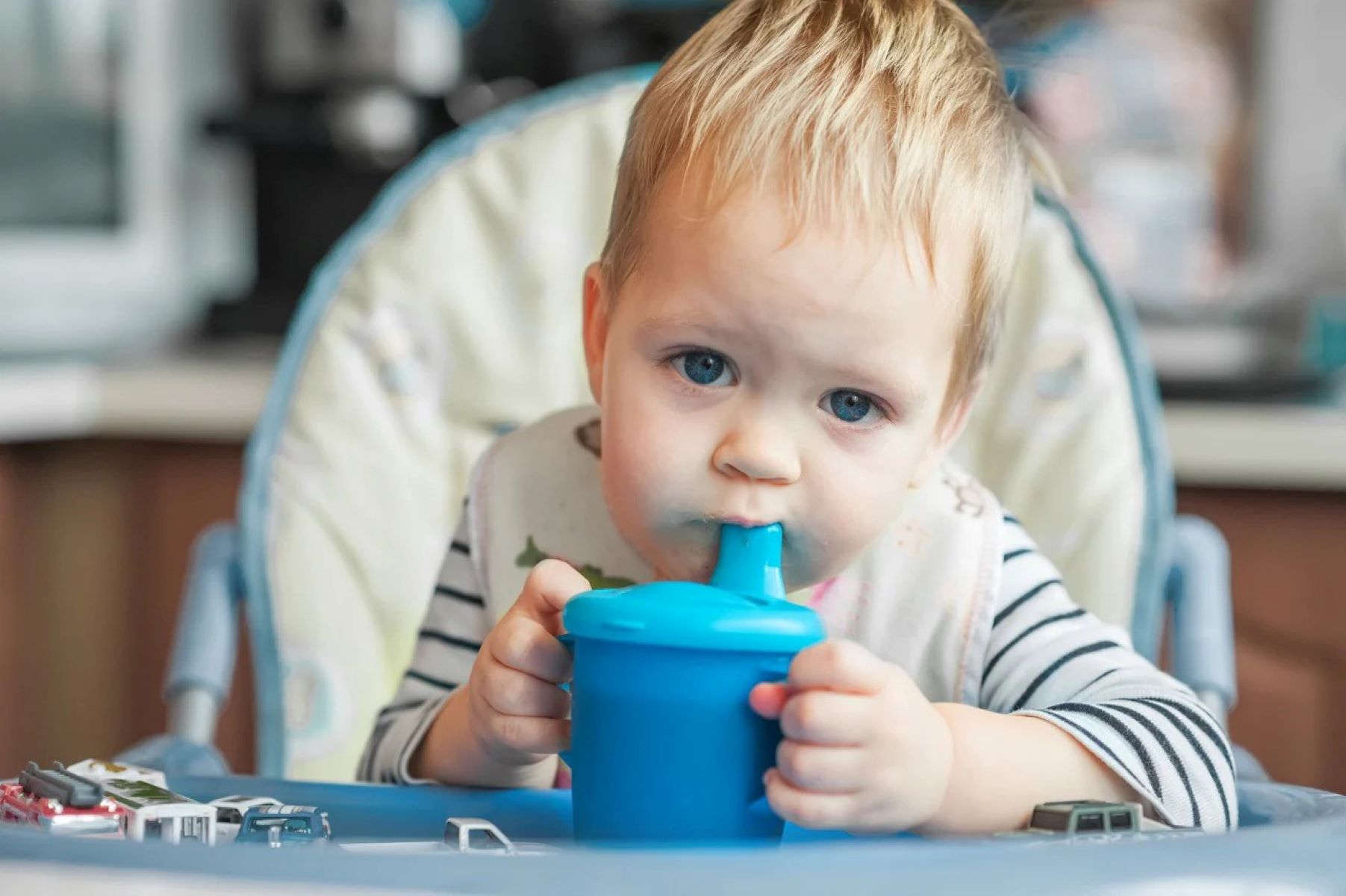

Child & Elderly Safety at Home
How To Get A Baby To Use A Sippy Cup
Modified: February 18, 2024
Learn the best tips for introducing a sippy cup to your baby. Ensure child and elderly safety at home with expert advice.
(Many of the links in this article redirect to a specific reviewed product. Your purchase of these products through affiliate links helps to generate commission for Storables.com, at no extra cost. Learn more)
Introduction
Introducing a sippy cup to your baby is an important milestone in their development. It marks the transition from bottle or breastfeeding to independent drinking, promoting their motor skills and self-sufficiency. However, this transition can sometimes be challenging for both parents and babies. Understanding the process and implementing effective strategies can make this transition smoother and more enjoyable for everyone involved.
In this comprehensive guide, we will explore the various aspects of introducing and encouraging sippy cup use for your baby. From choosing the right sippy cup to troubleshooting common issues, we will provide practical tips and insights to support you through this exciting journey. By the end of this guide, you will be equipped with the knowledge and confidence to facilitate a successful transition from bottle to sippy cup for your little one.
Key Takeaways:
- Introducing a sippy cup to your baby is a big step towards independent drinking, and choosing the right sippy cup with safe materials and a comfortable spout design is crucial for their development.
- Encouraging and reinforcing sippy cup use through positive reinforcement, joyful engagement, and patience helps your baby transition smoothly from bottle to sippy cup, fostering confidence and independence in their drinking skills.
Read more: How To Teach A Baby To Use A Sippy Cup
Choosing the Right Sippy Cup
When it comes to choosing the right sippy cup for your baby, it's essential to consider various factors to ensure their safety and comfort. With a wide array of options available in the market, selecting the most suitable sippy cup can seem overwhelming. However, by focusing on key features and safety considerations, you can make an informed decision that meets your baby's needs.
Material and Safety
Opt for sippy cups made from safe and durable materials, such as BPA-free plastic, silicone, or stainless steel. These materials are non-toxic and free from harmful chemicals, ensuring that your baby can drink from the sippy cup without any health risks. Additionally, look for sippy cups that are easy to clean and dishwasher-safe, promoting hygiene and convenience.
Spout Design
Consider the spout design of the sippy cup, as it plays a crucial role in your baby's comfort and ease of use. Soft silicone spouts are gentle on your baby's developing gums and teeth, making the transition from bottle to sippy cup more comfortable. Some sippy cups feature spouts with built-in valves to prevent spills, while others have straw-style spouts that mimic the action of drinking from a regular cup. Assess your baby's preferences and motor skills to determine the most suitable spout design for their sippy cup.
Size and Handling
The size and handling of the sippy cup should align with your baby's developmental stage and motor abilities. Look for sippy cups with handles that are easy for your baby to grip, promoting independence and confidence during drinking. Additionally, consider the size of the cup in relation to your baby's mouth and appetite. Opt for a size that allows for comfortable sipping without overwhelming your baby with excessive liquid intake.
Read more: When Can Baby Start Using A Sippy Cup?
Leak-Proof Features
Choose a sippy cup with leak-proof capabilities to minimize mess and spills during your baby's learning process. Sippy cups with secure lids and reliable sealing mechanisms help prevent accidental leaks, allowing your baby to explore and practice drinking without causing significant mess or frustration.
By carefully evaluating these factors and prioritizing your baby's safety and comfort, you can select a sippy cup that facilitates a smooth and enjoyable transition from bottle to independent drinking. Keep in mind that every baby is unique, so observing your baby's responses and preferences can guide you in making the best choice for their sippy cup.
Introducing the Sippy Cup to Your Baby
Introducing the sippy cup to your baby is a significant step in their journey towards independent drinking. It's essential to approach this introduction with patience, encouragement, and a positive attitude. By creating a supportive and nurturing environment, you can help your baby embrace this new experience with curiosity and enthusiasm.
Begin by familiarizing your baby with the sippy cup in a relaxed and comfortable setting. Allow them to explore the cup through touch and play, encouraging a sense of familiarity and trust. You can demonstrate how to hold the sippy cup and gently bring it to their mouth, showcasing the concept of drinking from the cup.
When it's time to introduce liquids, start with familiar beverages such as breast milk, formula, or water. Fill the sippy cup with a small amount of liquid, ensuring that it aligns with your baby's feeding schedule and preferences. By offering the sippy cup during regular feeding times, you can integrate it seamlessly into their routine, associating it with nourishment and comfort.
As your baby interacts with the sippy cup, observe their reactions and responses. Some babies may immediately take to the sippy cup, while others may initially show hesitation or curiosity. Regardless of their initial response, maintain a supportive and encouraging demeanor, offering gentle praise and reassurance.
It's important to allow your baby to progress at their own pace. Avoid applying pressure or creating a sense of urgency, as this can lead to resistance or aversion towards the sippy cup. Instead, provide a nurturing and patient environment where your baby can explore and experiment with the sippy cup in their own time.
During this introduction phase, be prepared for spills and mess. It's natural for babies to experiment with the sippy cup's spout and tipping motion, leading to accidental spills. Embrace these moments as part of the learning process, using them as opportunities to demonstrate patience and understanding.
As your baby becomes more accustomed to the sippy cup, celebrate their milestones and achievements. Whether it's taking their first successful sip or holding the sippy cup independently, acknowledge their progress with smiles, applause, and words of encouragement. This positive reinforcement fosters a sense of accomplishment and confidence in your baby's newfound skill.
By approaching the introduction of the sippy cup with patience, encouragement, and a nurturing mindset, you can create a supportive environment where your baby can embrace this developmental milestone with joy and curiosity. Remember that every baby is unique, so adapting to your baby's individual pace and preferences is key to a successful introduction of the sippy cup.
Making the Transition from Bottle to Sippy Cup
Transitioning from bottle to sippy cup is a significant developmental milestone for your baby. It marks a shift towards independent drinking and fosters essential motor skills and self-sufficiency. However, this transition requires patience, understanding, and a gradual approach to ensure a smooth and successful shift.
Start by gradually replacing one of your baby's daily bottle feedings with a sippy cup. Choose a feeding time that is relatively calm and where your baby is neither too hungry nor too full. This allows your baby to approach the sippy cup with curiosity and openness, without feeling overwhelmed by hunger or discomfort.
As you introduce the sippy cup during a feeding, offer gentle encouragement and support. Sit closely with your baby, maintaining eye contact and providing reassurance. This nurturing environment creates a sense of security and comfort, making the transition more reassuring for your baby.
It's natural for your baby to initially show resistance or confusion during this transition. Some babies may express a preference for their familiar bottle, while others may take time to adjust to the new drinking method. Be patient and understanding, acknowledging your baby's emotions and responses without pressure or frustration.
Gradually increase the frequency of sippy cup feedings as your baby becomes more accustomed to this new drinking experience. Over time, aim to replace additional bottle feedings with the sippy cup, allowing your baby to adapt at their own pace. This gradual approach minimizes stress and resistance, fostering a more positive and sustainable transition.
As your baby embraces the sippy cup and reduces their reliance on the bottle, celebrate their achievements and progress. Acknowledge their growing independence and newfound skill, reinforcing their confidence and sense of accomplishment. This positive reinforcement strengthens their connection with the sippy cup and encourages continued use.
Throughout this transition, maintain a consistent and supportive approach, offering patience and understanding as your baby navigates this developmental milestone. By gradually replacing bottle feedings with sippy cup sessions and providing nurturing encouragement, you can facilitate a successful transition that aligns with your baby's unique pace and needs.
Encouraging and Reinforcing Sippy Cup Use
Encouraging and reinforcing sippy cup use is a pivotal aspect of supporting your baby's transition from bottle or breastfeeding to independent drinking. By implementing positive reinforcement and nurturing strategies, you can cultivate a strong affinity for the sippy cup and instill confidence in your baby's newfound skill.
One effective approach to encourage sippy cup use is to create a positive and engaging drinking environment. Designate a comfortable and inviting space for sippy cup sessions, where your baby can feel relaxed and at ease. Incorporate soft lighting, soothing background music, and familiar surroundings to establish a calming atmosphere that promotes a sense of security and contentment.
Additionally, introducing playful elements during sippy cup sessions can enhance your baby's enthusiasm and engagement. Consider incorporating colorful and age-appropriate toys or books to create a joyful and interactive drinking experience. These elements not only capture your baby's attention but also associate the sippy cup with moments of joy and exploration.
Consistency plays a crucial role in reinforcing sippy cup use. Incorporate regular sippy cup sessions into your baby's daily routine, aligning them with familiar feeding times or comforting rituals. By integrating the sippy cup into their routine, you establish a predictable and reassuring pattern that encourages acceptance and familiarity with the new drinking method.
As your baby engages with the sippy cup, offer verbal praise and positive affirmations to reinforce their efforts. Celebrate each successful sip and milestone, expressing genuine enthusiasm and encouragement. Your words of praise and admiration convey a sense of achievement to your baby, reinforcing their confidence and motivation to continue using the sippy cup.
Modeling sippy cup use can significantly influence your baby's receptiveness to this new drinking tool. Demonstrate the enjoyment of using a cup by sipping from your own cup or using a similar sippy cup during shared drinking moments. Your baby's observation of your actions fosters a sense of emulation and connection, inspiring them to embrace the sippy cup with curiosity and eagerness.
Furthermore, offering a variety of beverages in the sippy cup can broaden your baby's drinking experiences and preferences. Introduce different flavors and textures, such as diluted fruit juices or water with a hint of natural sweetness, to expand their palate and create a sense of excitement around sippy cup sessions. This exposure to diverse tastes encourages exploration and fosters a positive association with the sippy cup.
By implementing these nurturing and positive reinforcement strategies, you can create a supportive and encouraging environment that strengthens your baby's affinity for the sippy cup. Through consistency, joyful engagement, and celebratory reinforcement, you empower your baby to embrace independent drinking with confidence and enthusiasm.
Troubleshooting Common Issues
Transitioning to a sippy cup may present common challenges that require patience and adaptive strategies to overcome. Understanding and addressing these issues can significantly contribute to a smoother and more successful transition for your baby.
Resisting the Sippy Cup
It's not uncommon for babies to initially resist the sippy cup, especially if they are accustomed to bottle feeding or breastfeeding. In such cases, gentle persistence and positive reinforcement are key. Encourage your baby to interact with the sippy cup during playtime, allowing them to become familiar with its presence. Additionally, offering small amounts of their favorite beverage in the sippy cup can pique their interest and gradually shift their perception from resistance to curiosity.
Difficulty with Sucking or Drinking
Some babies may encounter challenges with the sucking mechanism of the sippy cup, particularly if they are accustomed to a specific bottle or feeding method. To address this, opt for sippy cups with soft and flexible spouts that mimic the texture and feel of familiar nipples. Additionally, gently pressing on the sippy cup's base to release a small amount of liquid can demonstrate the concept of drinking, encouraging your baby to engage with the cup and explore its functionality.
Spillage and Mess
Accidental spills and messes are a natural part of the learning process when transitioning to a sippy cup. To minimize spills, choose leak-proof sippy cups with secure lids and reliable sealing mechanisms. Additionally, supervise your baby during sippy cup sessions, offering gentle guidance on holding the cup and tilting it for drinking. Embracing these moments of exploration and learning with patience and understanding can alleviate any frustration associated with spills.
Read more: How To Use A Nuby Sippy Cup
Preference for the Bottle
Some babies may exhibit a strong preference for their familiar bottle, making the transition to a sippy cup more challenging. Gradually reducing the frequency of bottle feedings while increasing the introduction of the sippy cup can help shift this preference over time. Additionally, offering the sippy cup during moments of comfort and relaxation, such as cuddle time or soothing routines, can create positive associations and diminish the preference for the bottle.
Teething Discomfort
Teething discomfort can influence your baby's receptiveness to the sippy cup. Opt for sippy cups with soft silicone spouts that are gentle on sensitive gums, providing comfort during this transitional phase. Additionally, offering chilled or slightly cold water in the sippy cup can alleviate teething discomfort while introducing a refreshing sensation that encourages drinking.
By addressing these common issues with patience, adaptability, and nurturing support, you can navigate the transition to a sippy cup with resilience and positivity, fostering a rewarding and successful experience for both you and your baby.
Conclusion
In conclusion, the journey of introducing and transitioning your baby to a sippy cup is a significant developmental milestone that requires patience, understanding, and nurturing support. By carefully selecting the right sippy cup that prioritizes safety, comfort, and functionality, you lay a strong foundation for a positive and successful transition. The introduction phase, marked by patience, encouragement, and gentle guidance, sets the stage for your baby to embrace the sippy cup with curiosity and enthusiasm.
As you navigate the transition from bottle to sippy cup, maintaining a supportive and nurturing environment is crucial. Gradual replacement of bottle feedings with sippy cup sessions, coupled with positive reinforcement and celebratory encouragement, empowers your baby to develop confidence and independence in their drinking skills. Embracing the learning process, including spills and initial resistance, with understanding and patience fosters a sense of security and reassurance for your baby.
Encouraging and reinforcing sippy cup use through joyful engagement, consistency, and exposure to diverse beverages creates a positive and enriching drinking experience for your baby. By addressing common challenges with adaptive strategies and unwavering support, you can navigate the transition with resilience and positivity, fostering a rewarding and successful experience for both you and your baby.
Ultimately, the journey of introducing a sippy cup to your baby is a testament to the nurturing bond between parent and child. It is a journey marked by patience, understanding, and the celebration of milestones, both big and small. As your baby embraces independent drinking with the sippy cup, they embark on a path of self-discovery and growing confidence, supported by your unwavering love and guidance.
By embracing this journey with empathy, resilience, and a nurturing spirit, you pave the way for a seamless and joyful transition to sippy cup independence, marking a significant achievement in your baby's developmental journey.
Frequently Asked Questions about How To Get A Baby To Use A Sippy Cup
Was this page helpful?
At Storables.com, we guarantee accurate and reliable information. Our content, validated by Expert Board Contributors, is crafted following stringent Editorial Policies. We're committed to providing you with well-researched, expert-backed insights for all your informational needs.
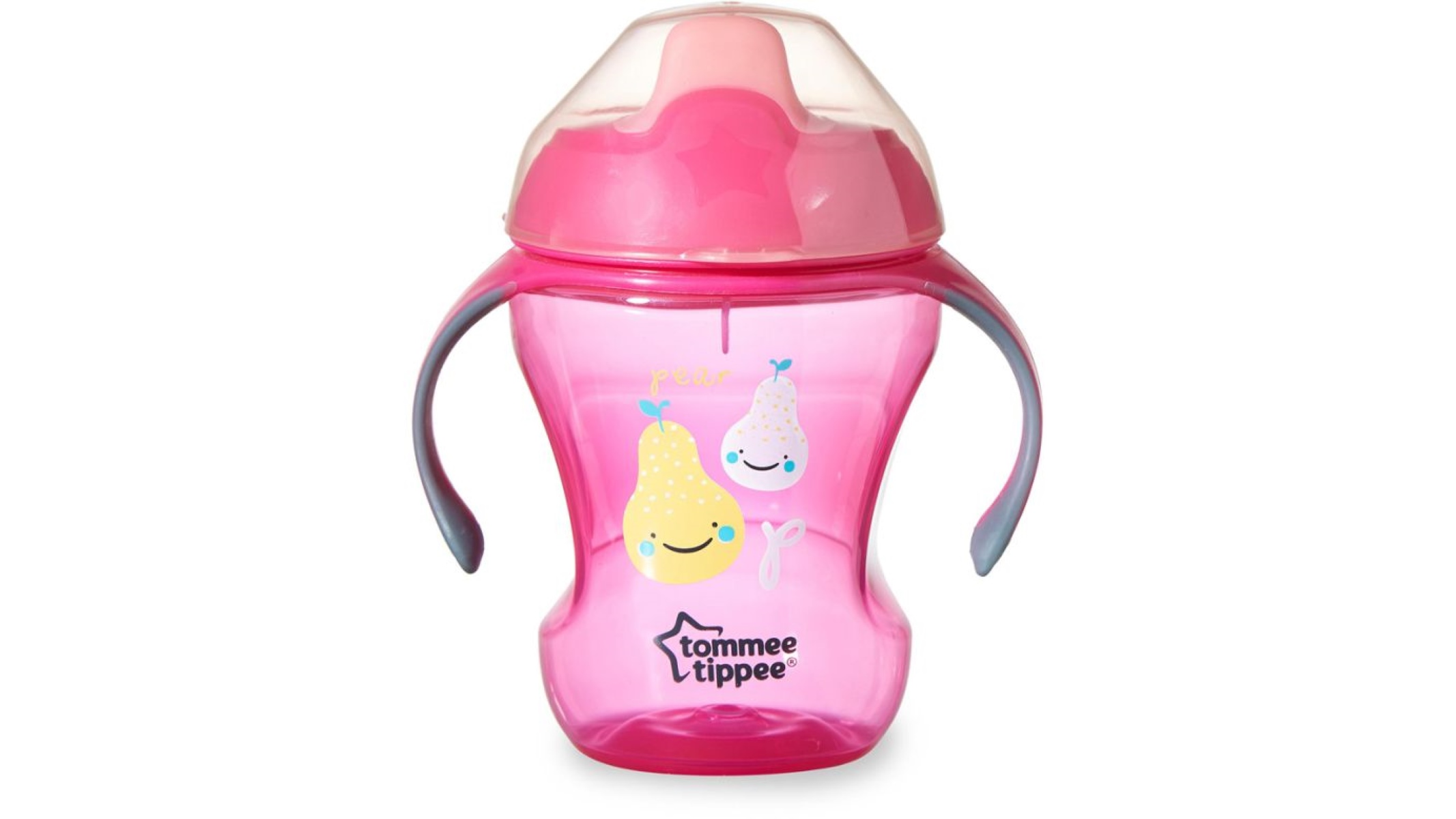
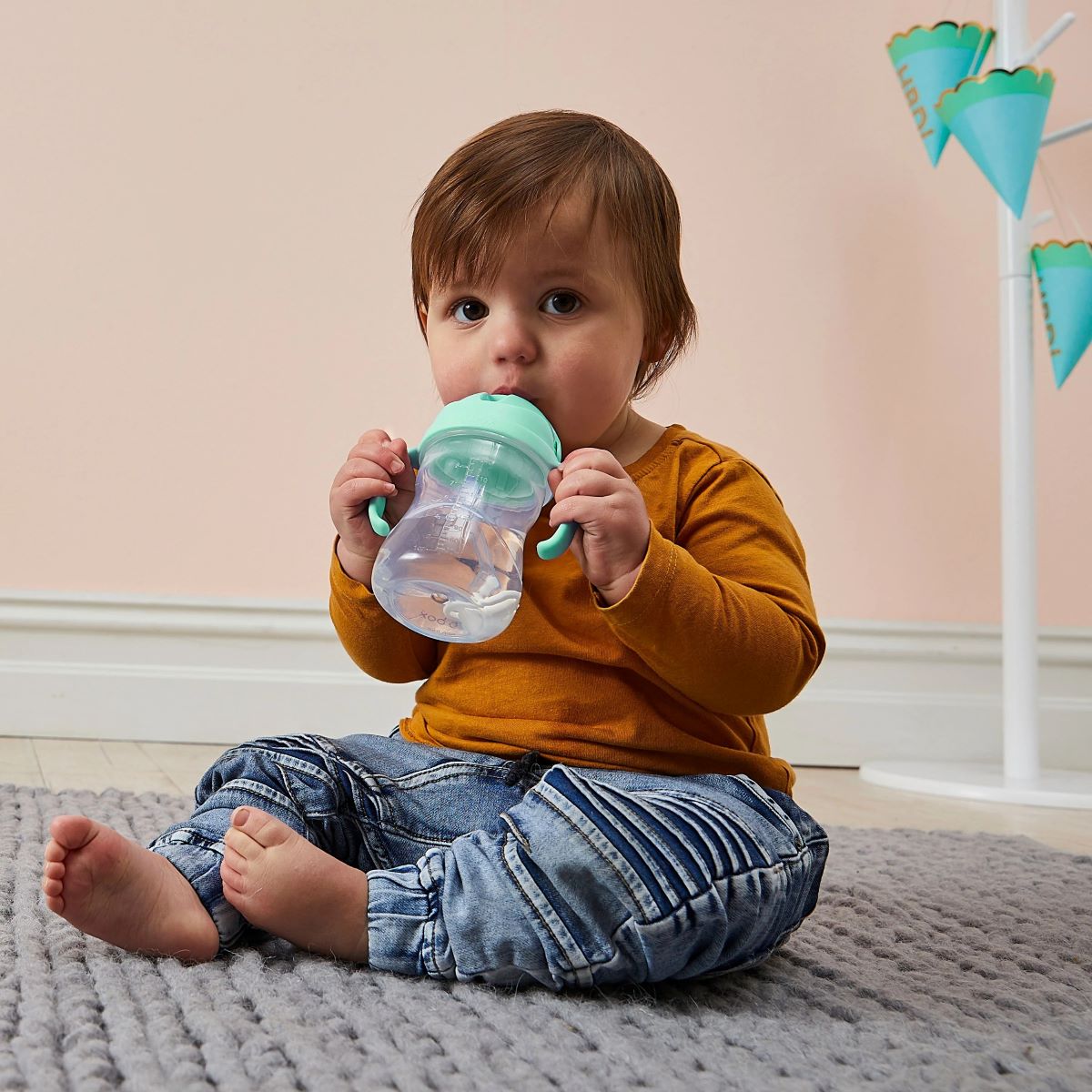
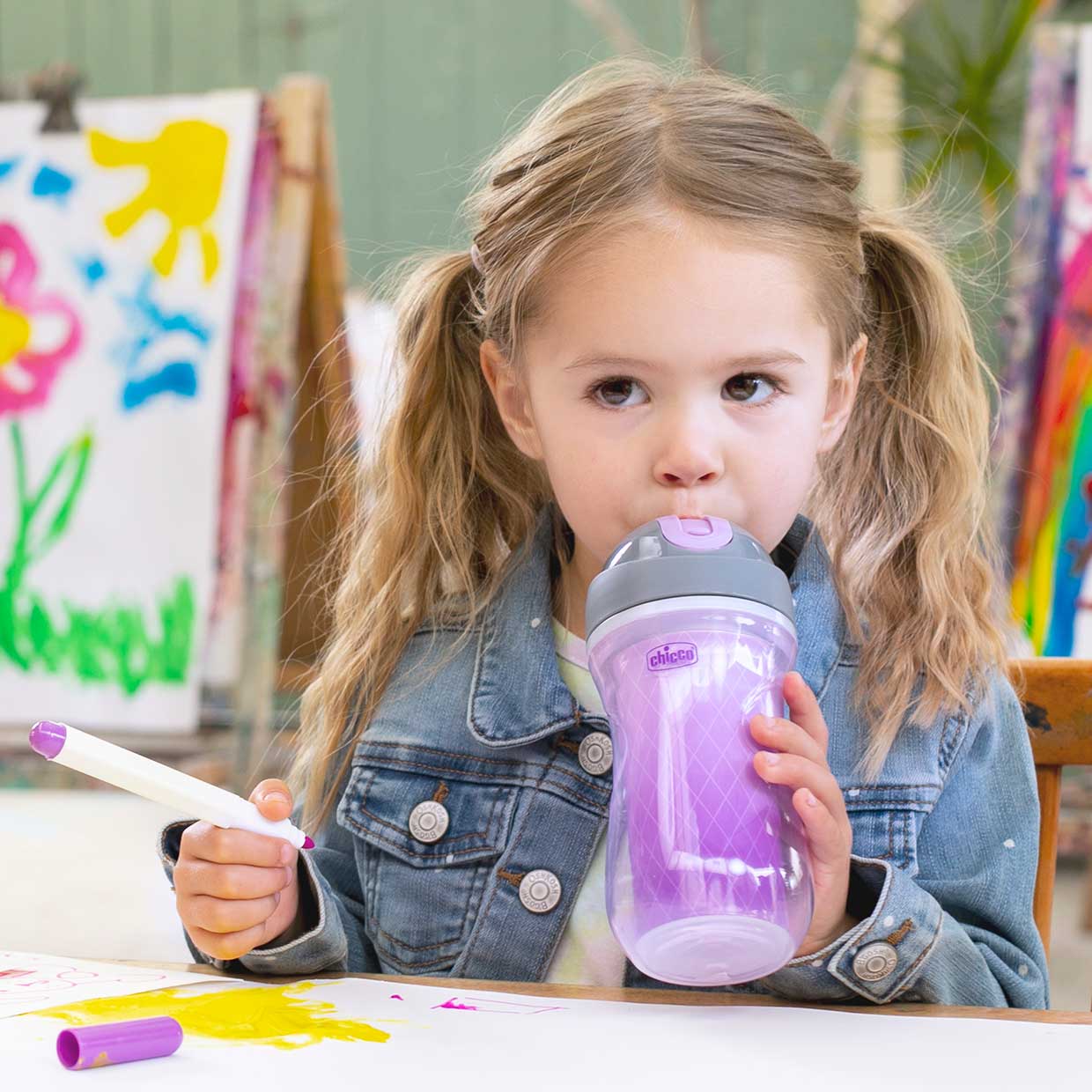
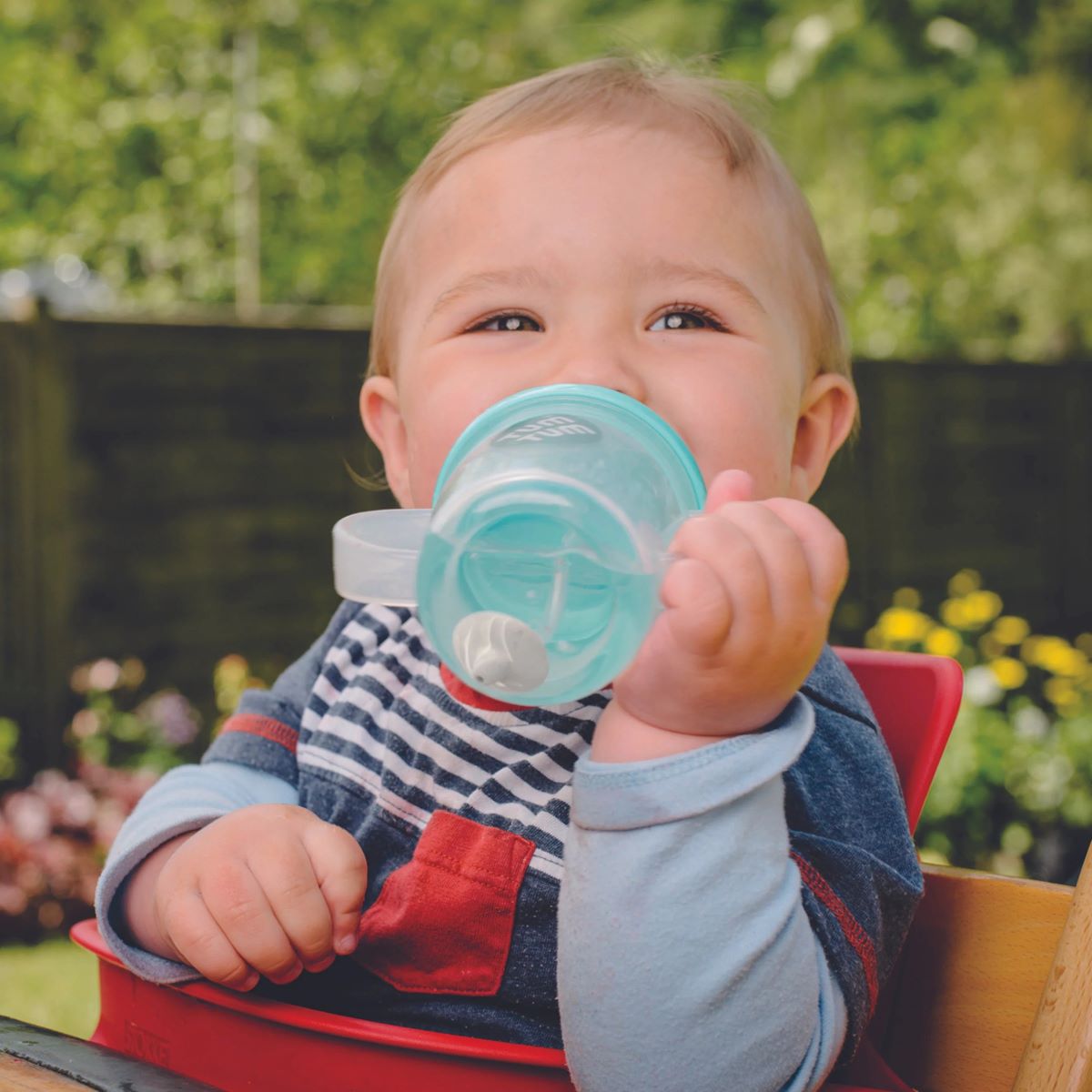

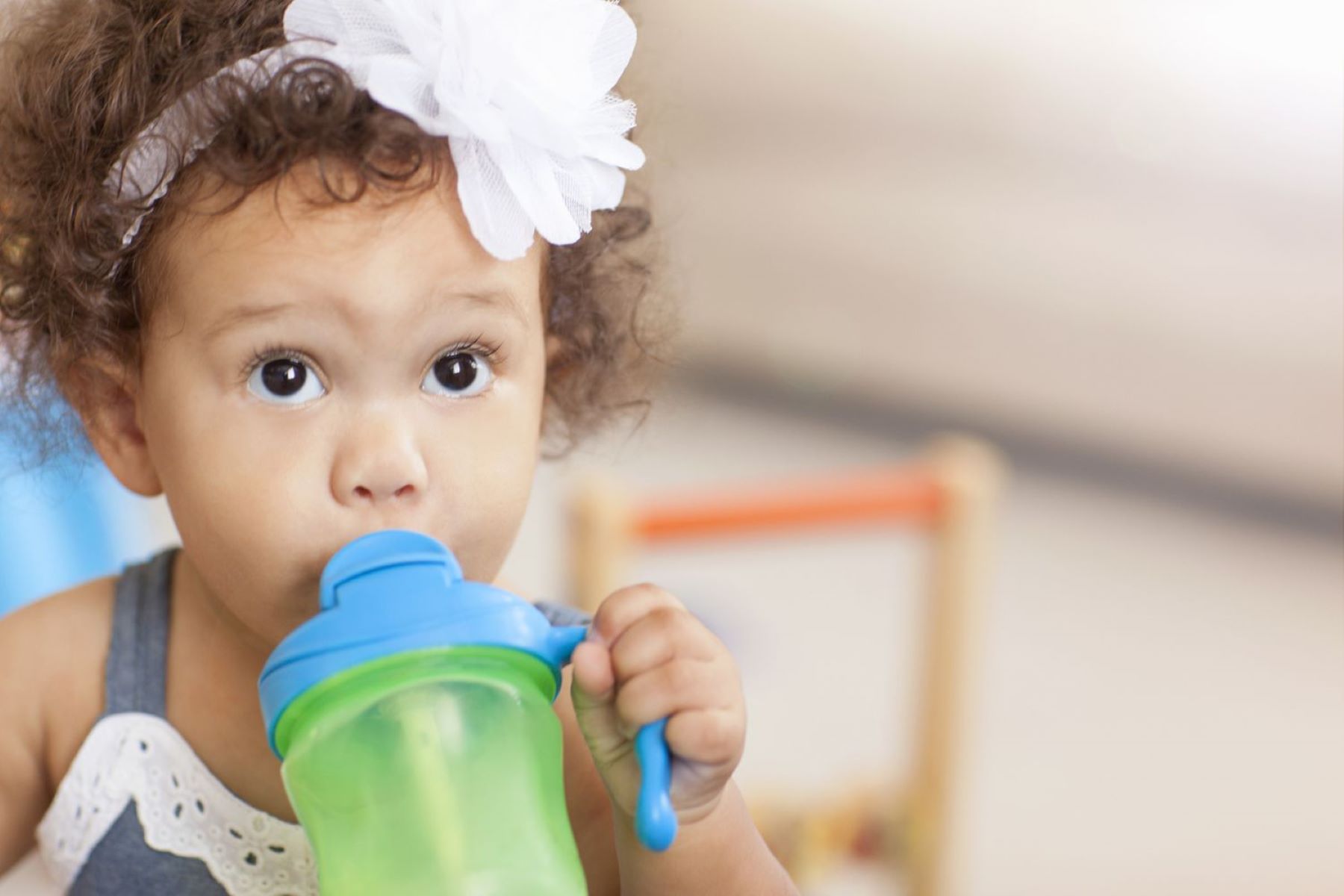
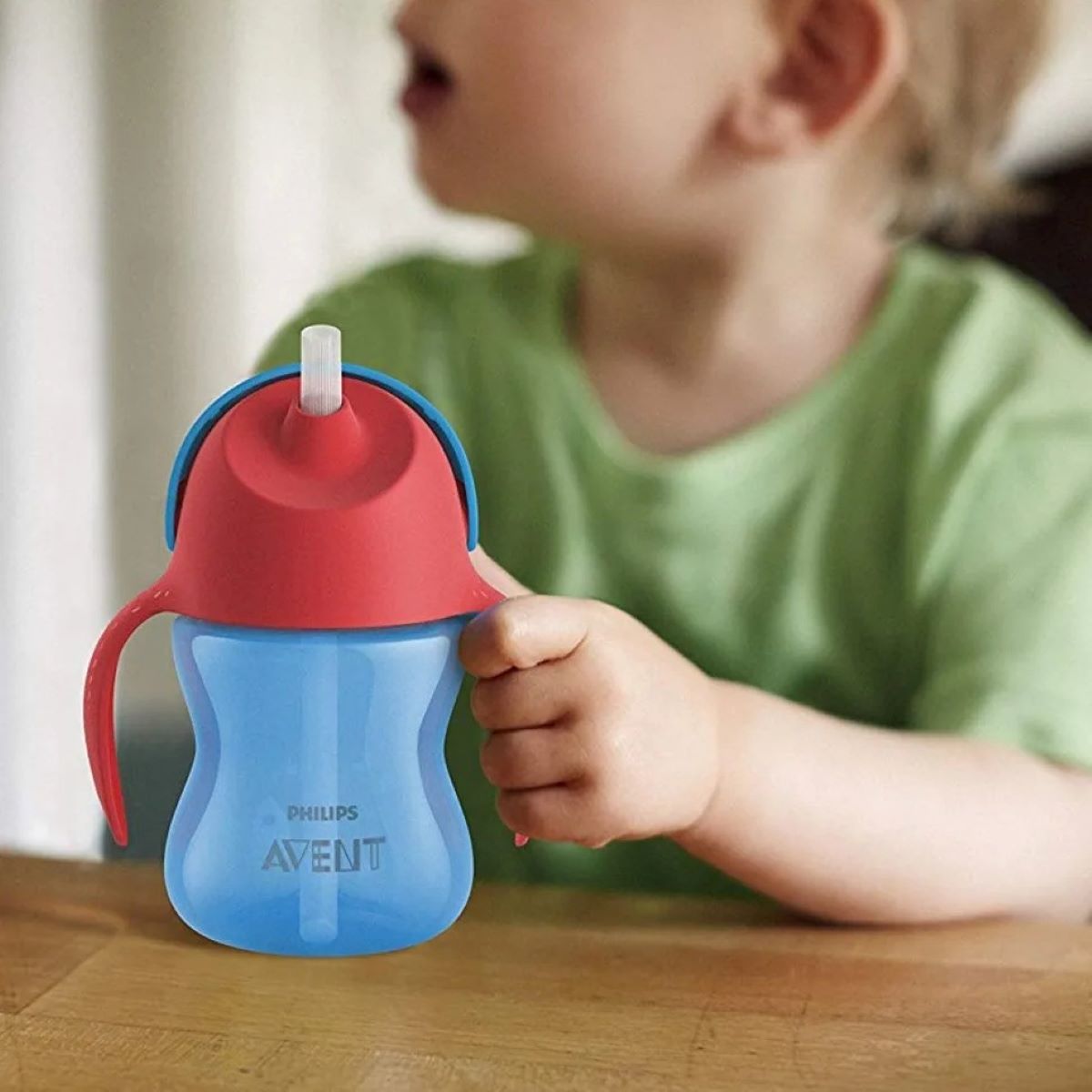
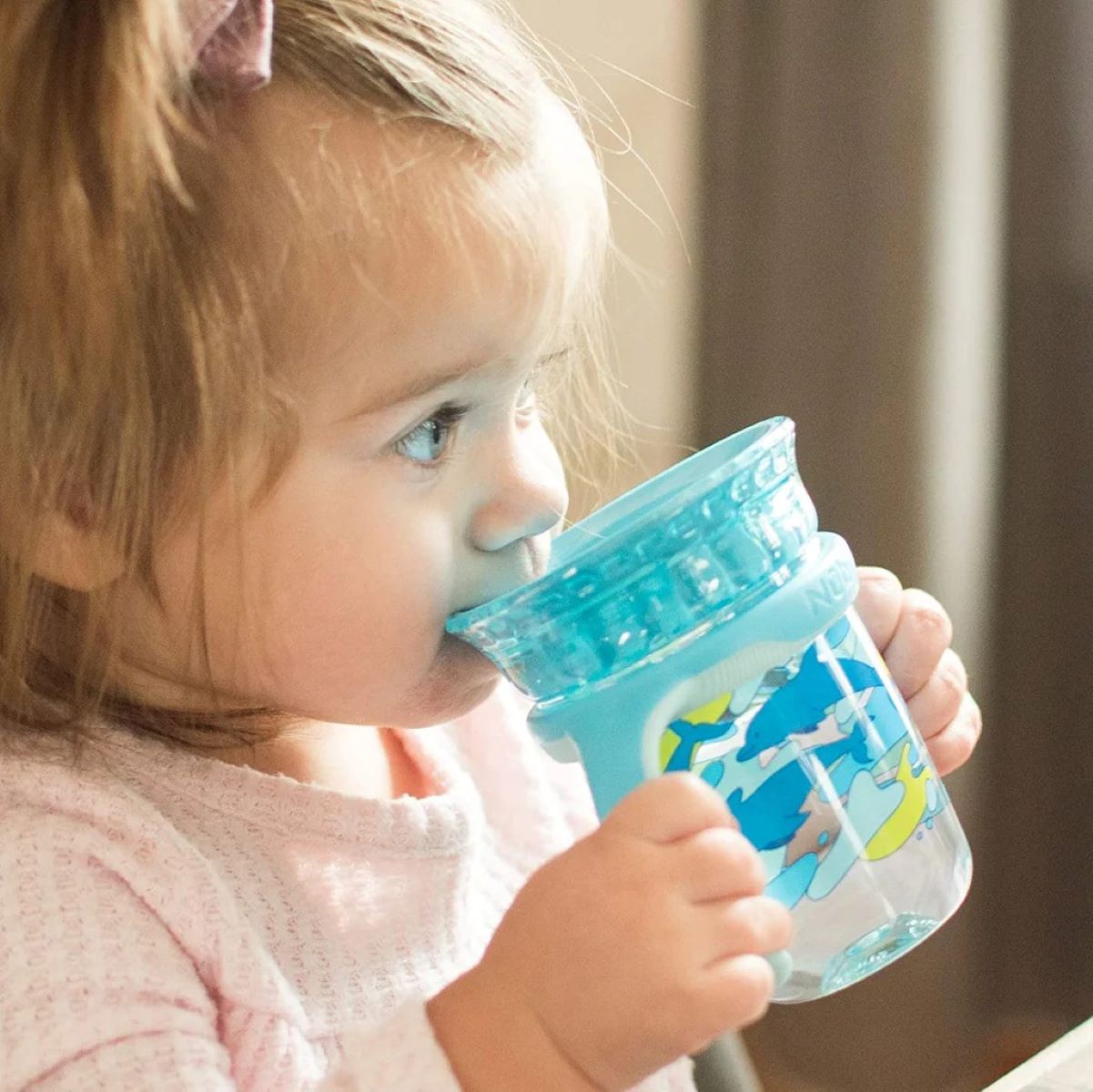
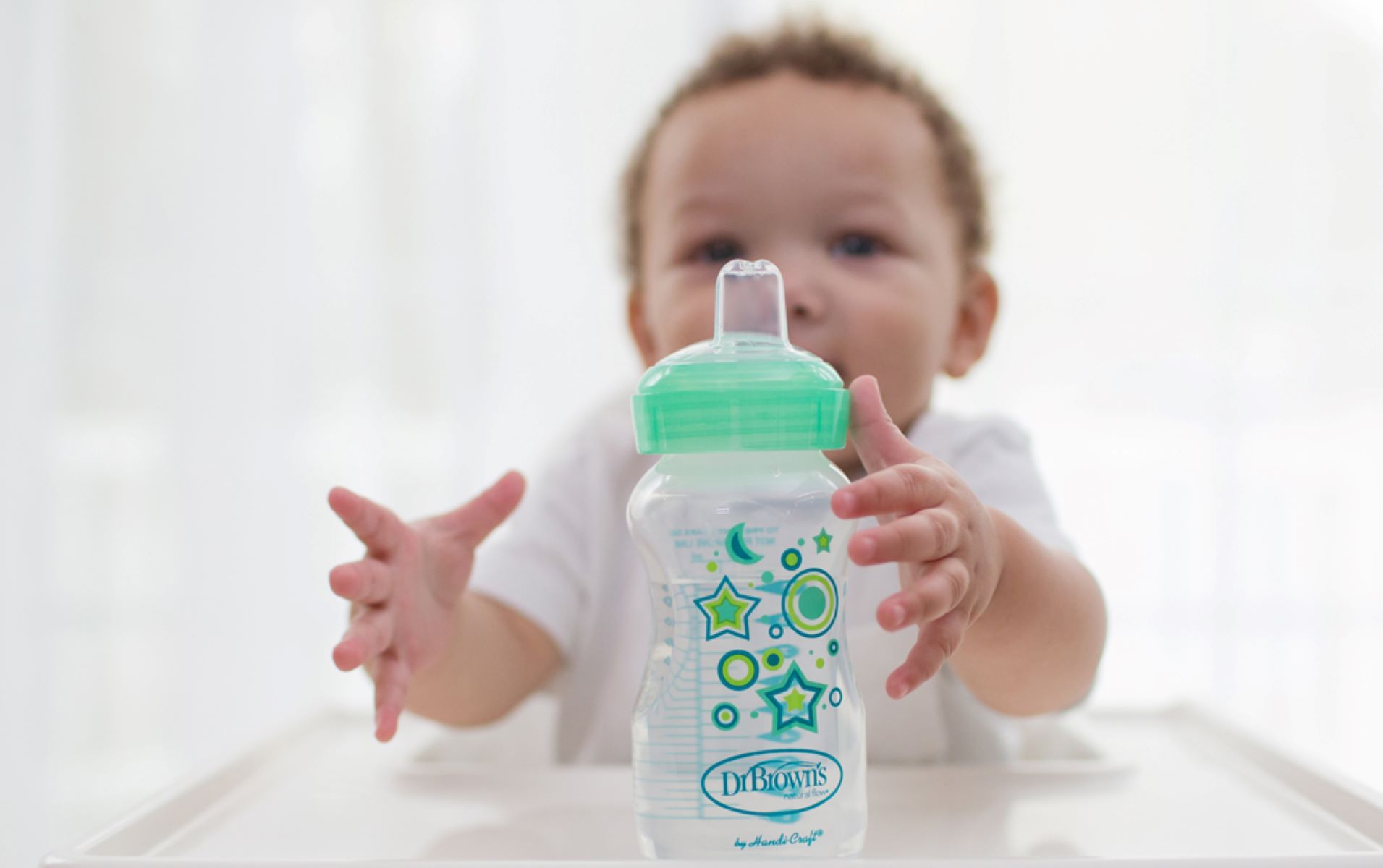
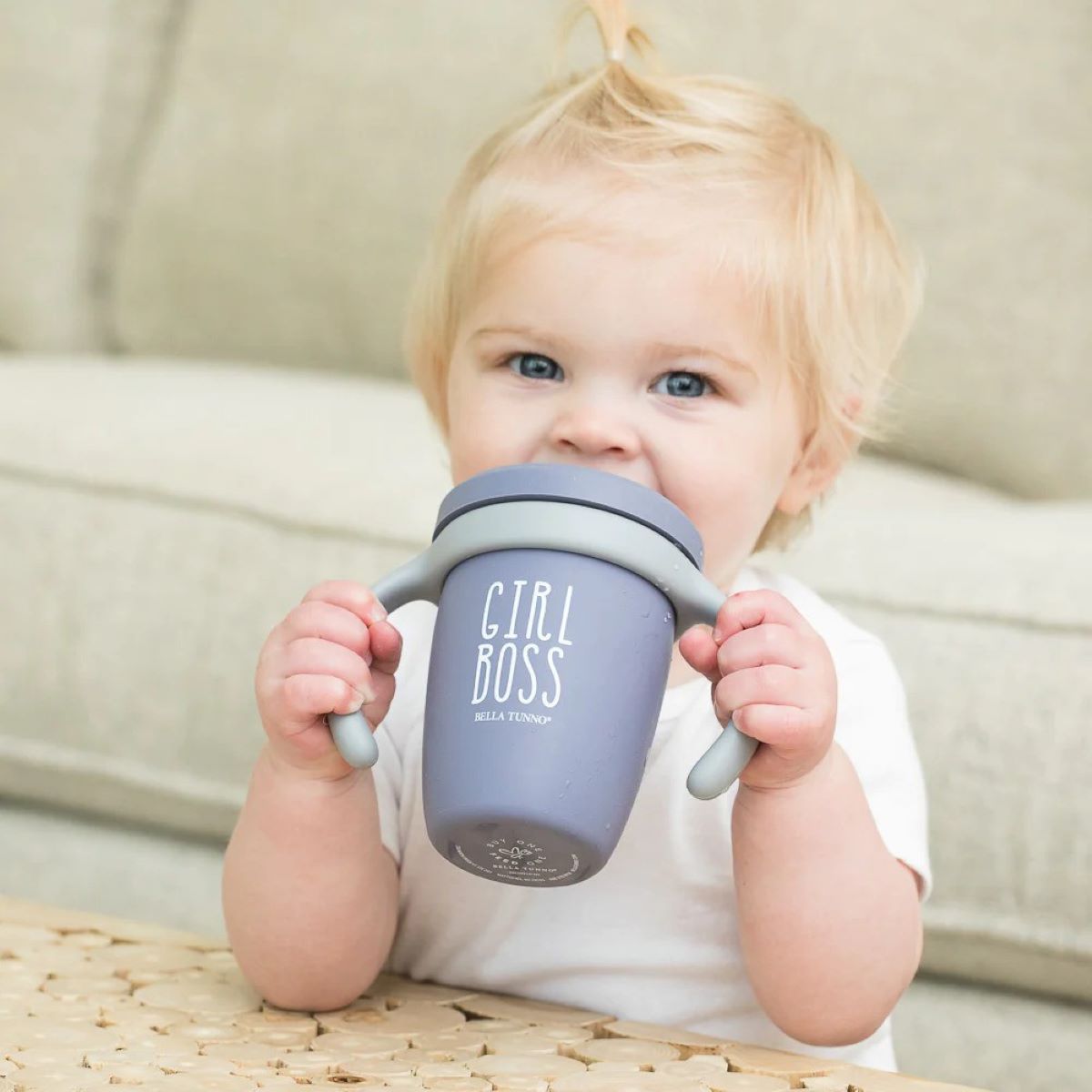
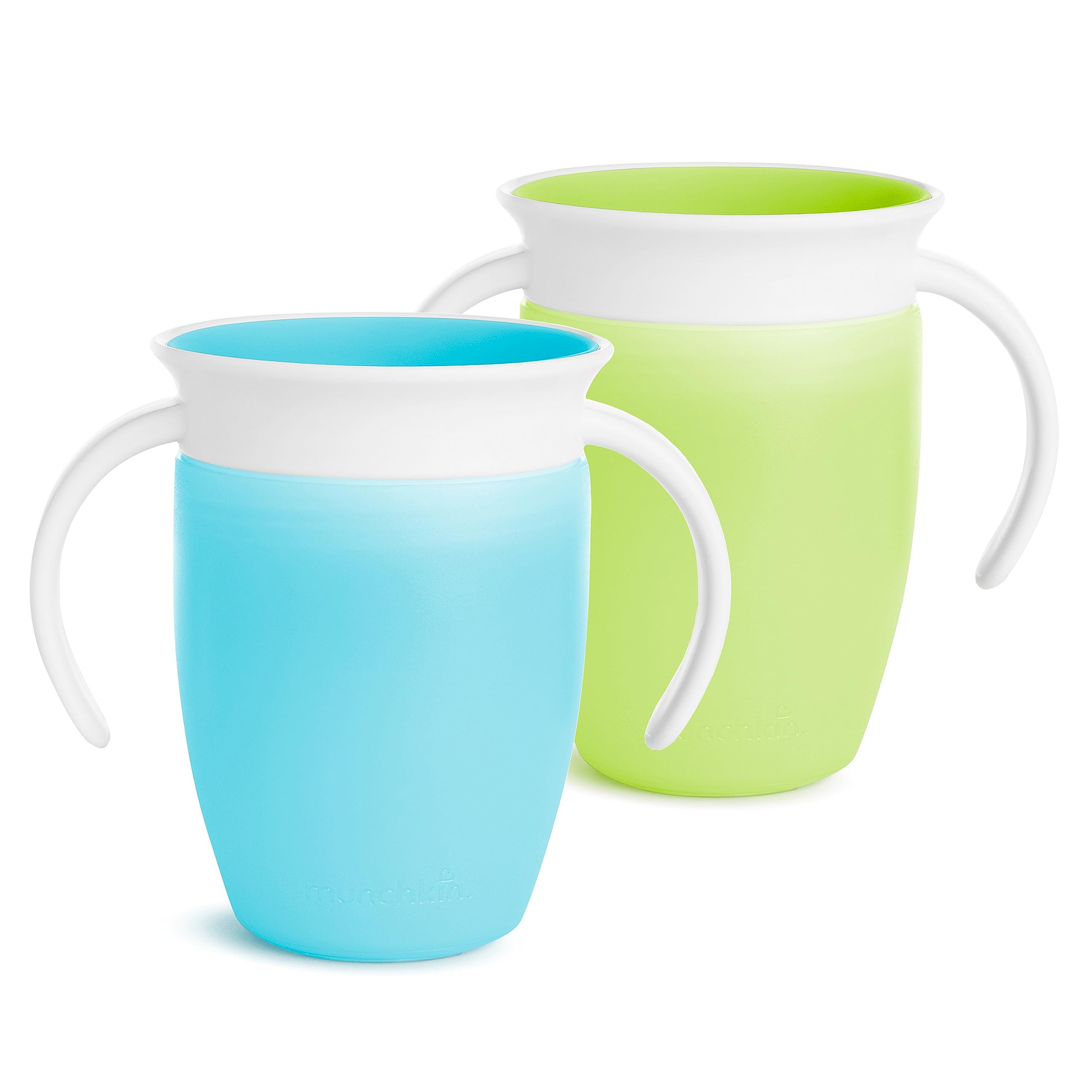
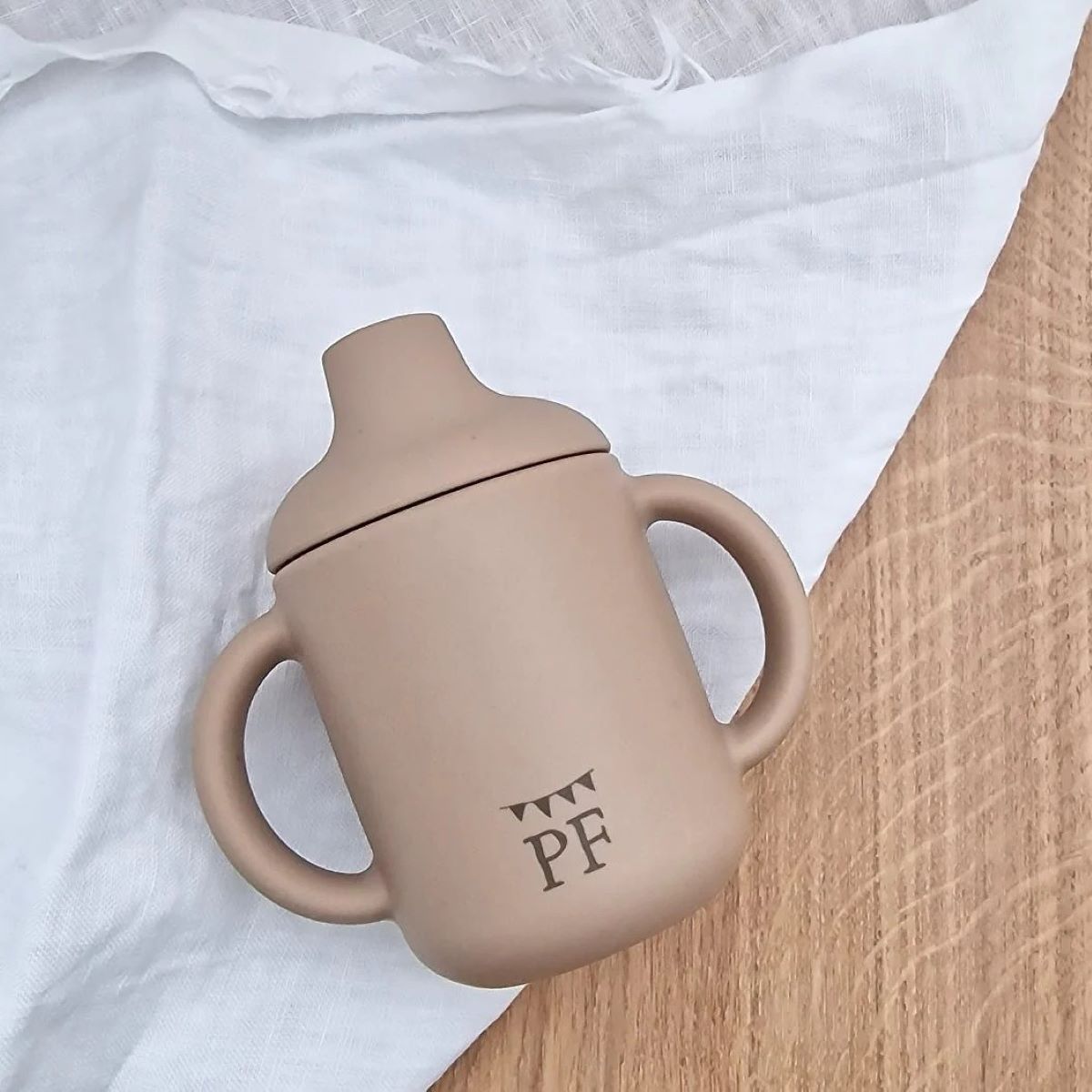

0 thoughts on “How To Get A Baby To Use A Sippy Cup”